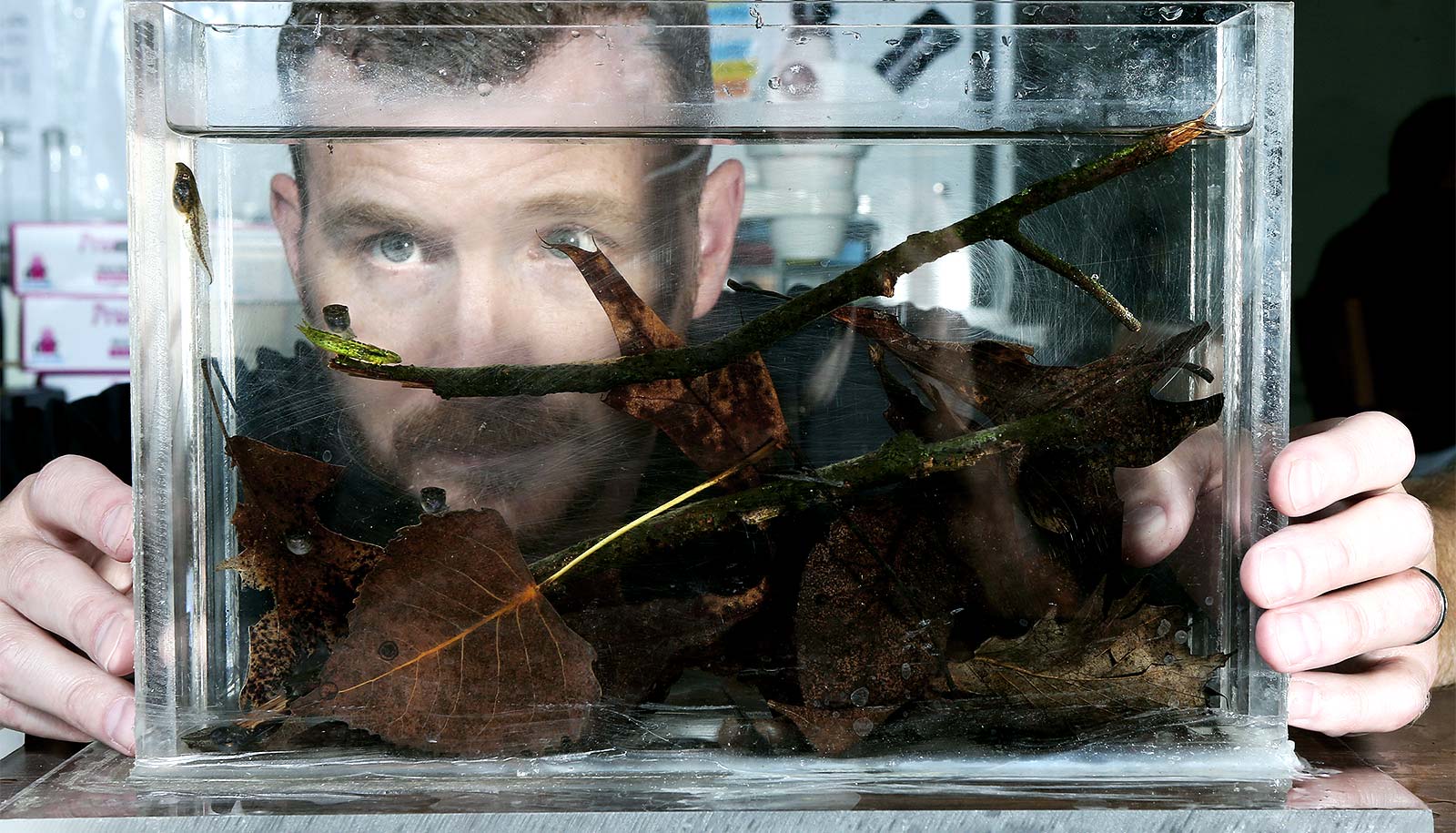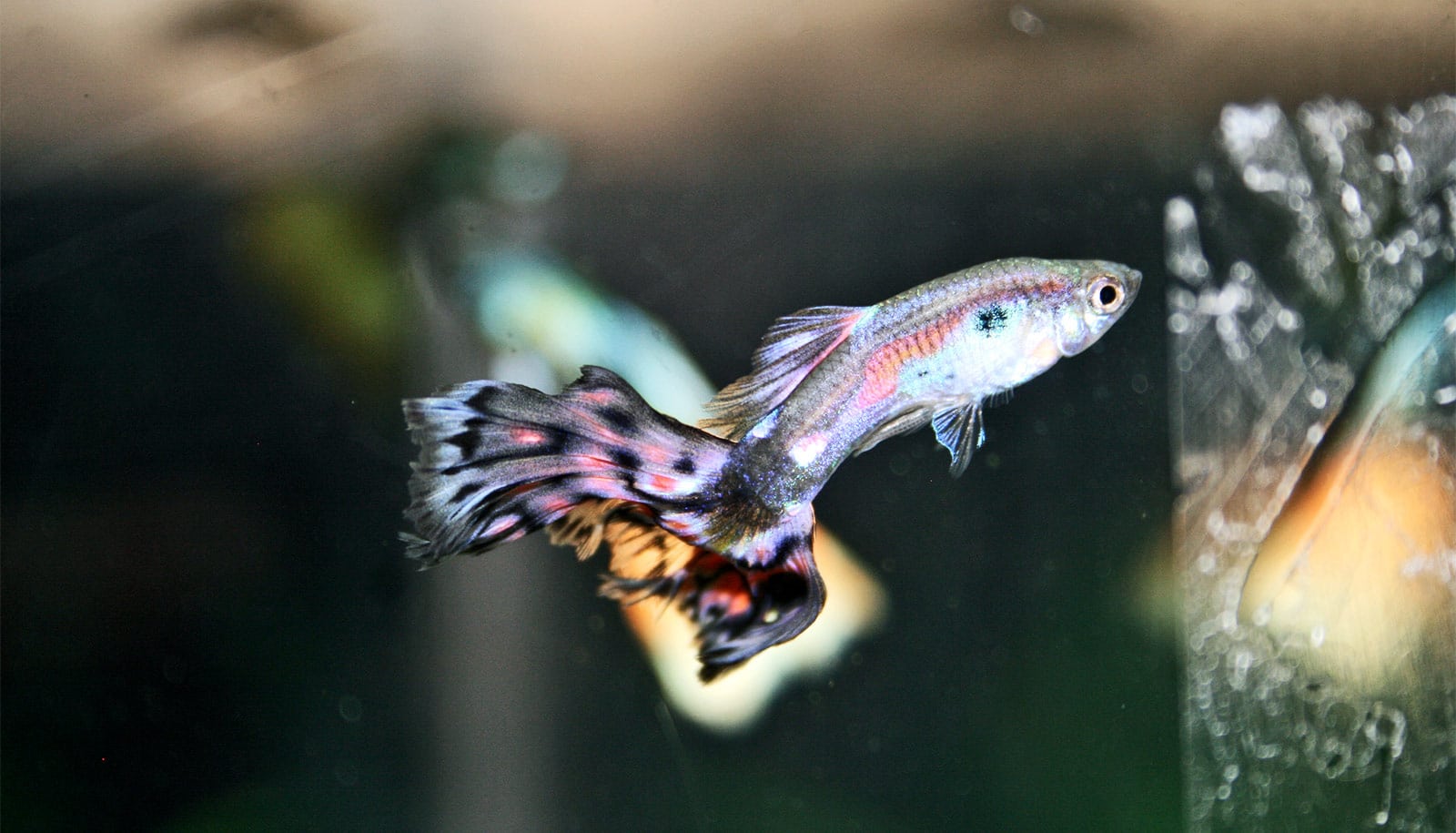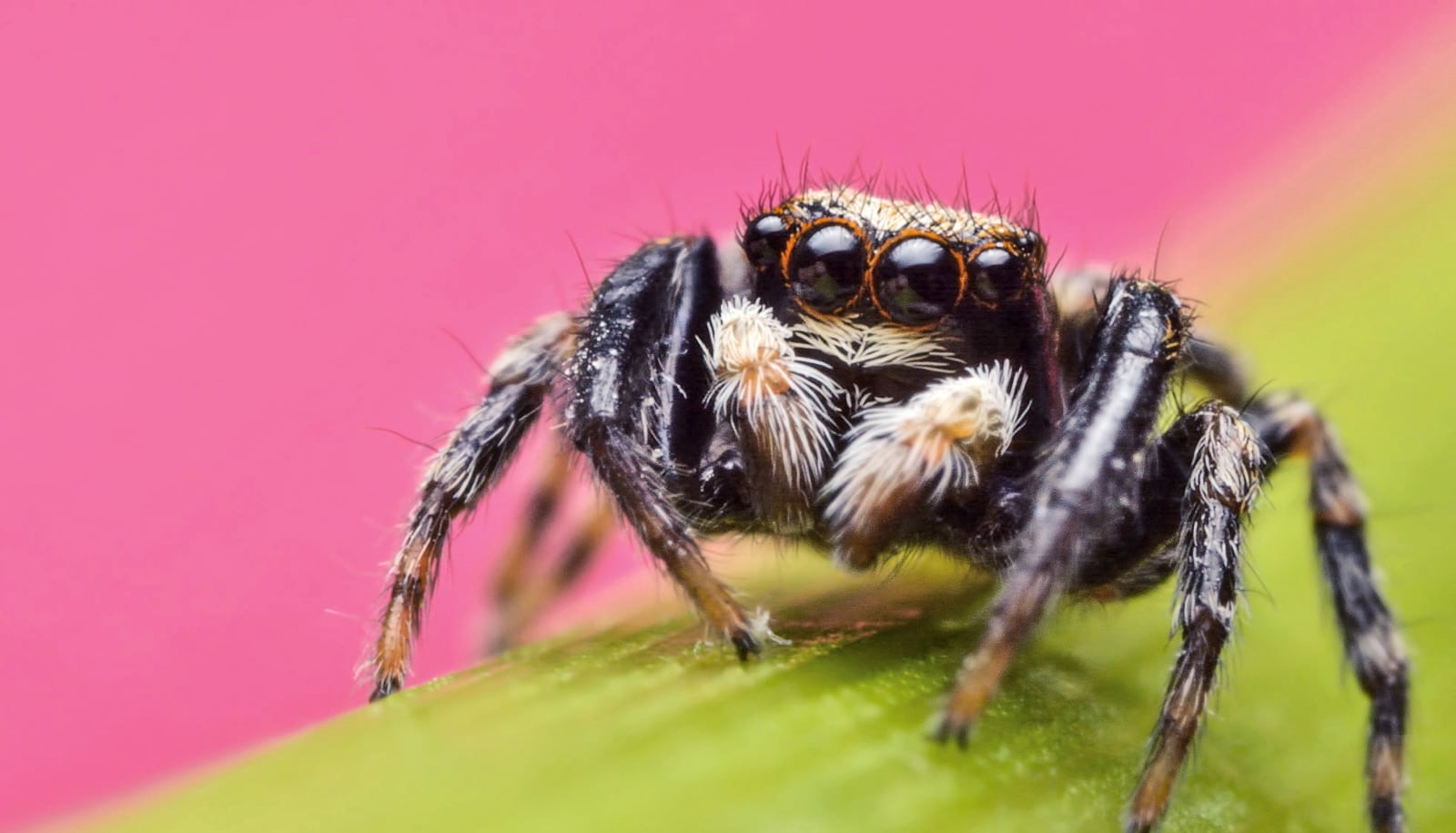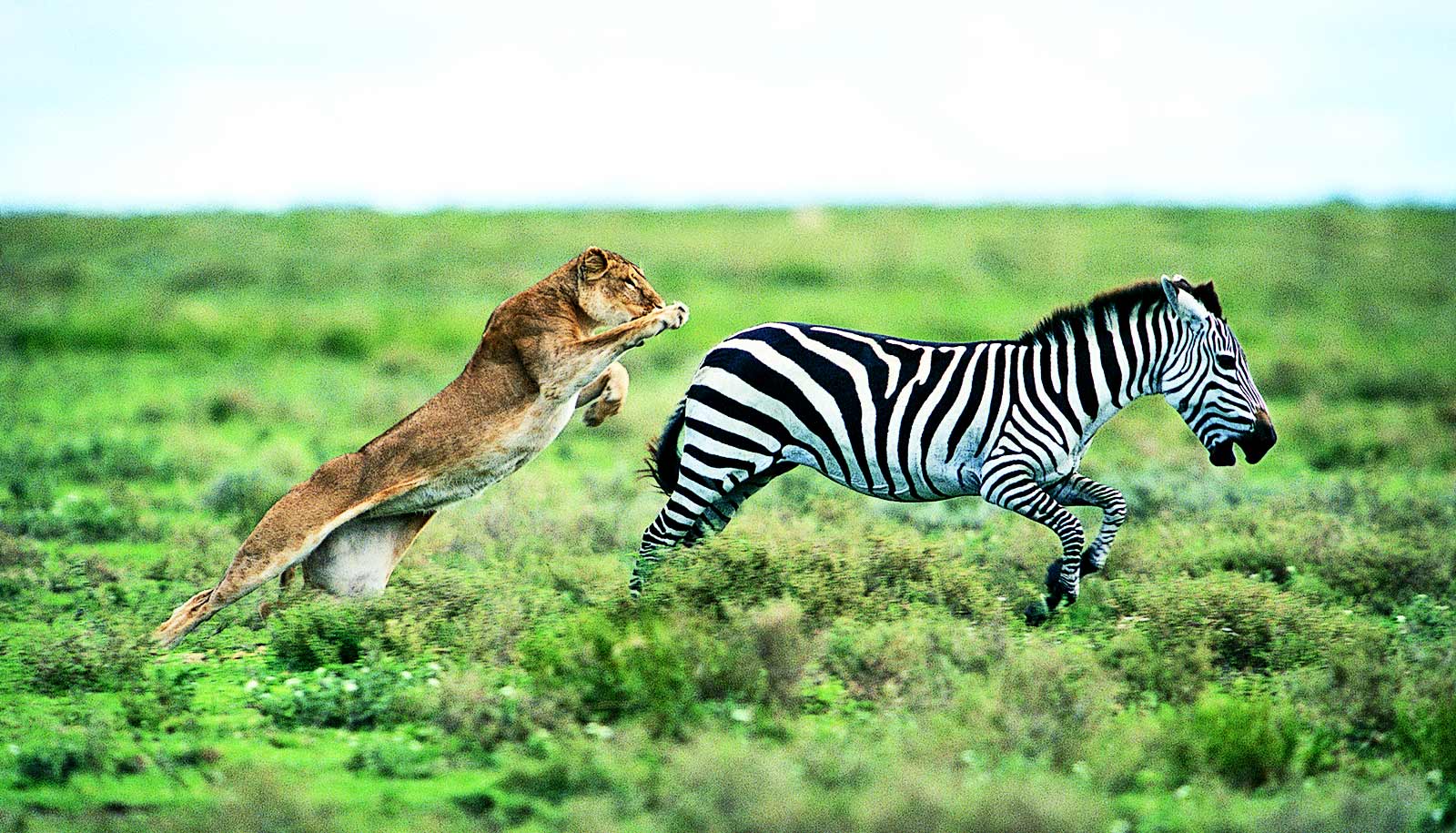Predators might be the best solution to disease showing up in wild animal populations, according to a new study.
The research shows that biological diversity—which includes the presence of predators—can improve the health of some animal populations, and that the predators are sometimes more likely to attack infected individuals.
“The healthy herd hypothesis suggests that predators can play a role in reducing disease risk for wild animal populations,” says Jason Hoverman, an associate professor in the forestry and natural resources department at Purdue University.
“Predators can do a lot of things to determine the likelihood of an individual transmitting an infection to others in the population. We’ve found that predators reduce the density of prey populations and consequently the chances that a sick individual encounters and infects healthy individuals.”
To test the healthy herd hypothesis, Hoverman and his graduate students, Samantha Gallagher and Turner DeBlieux, exposed grey treefrogs and northern leopard frog tadpoles to ranavirus and then introduced them to predatory dragonfly larvae.
The results, published in the Journal of Animal Ecology, show that the predators reduced infection prevalence by between 57% (in grey treefrogs) to 83% (in northern leopard frogs).
“In leopard frogs, the predators nearly removed the pathogen completely,” Hoverman says. “It’s possible that a predator could exclude a pathogen from a system because of its effects on population density.”
In another experiment in Diseases of Aquatic Organisms, the scientists found evidence of pathogen-induced vulnerability to predation, meaning the predator was more likely to attack prey infected with a pathogen.
The researchers exposed the tadpoles of spring peepers, grey treefrogs, American toads, and northern leopard frogs to ranavirus and larval dragonflies and tracked survival. For three of the four species, they found that exposure to ranavirus reduced survival rates with dragonflies between two and nine times compared to unexposed tadpoles.
The infection likely changes prey behaviors, making them more vulnerable or visible to predators.
“Our recent work has shown that exposure to ranavirus causes tadpoles to increase activity and move erratically,” Hoverman says. For motion-based predators like dragonflies, these changes make it easier to spot and catch prey.
Moving forward, Hoverman’s team plans to conduct field surveys to determine whether communities with more diverse predator communities have lower disease risk. They also will investigate how chemical contaminants, such as pesticides, might influence the healthy herds effect.
The National Institutes of Health supported the work.
Source: Purdue University



